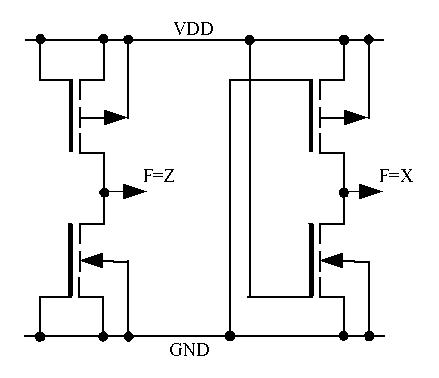carrot
Full Member level 3
- Joined
- Feb 23, 2004
- Messages
- 182
- Helped
- 9
- Reputation
- 18
- Reaction score
- 4
- Trophy points
- 1,298
- Location
- Bangalore, India
- Activity points
- 1,532
high-impedance(z) and unknown (x)
Hi,
What is the difference between unknown value 'X' and high impedance value 'Z'
When is each one of them used?
Hi,
What is the difference between unknown value 'X' and high impedance value 'Z'
When is each one of them used?
